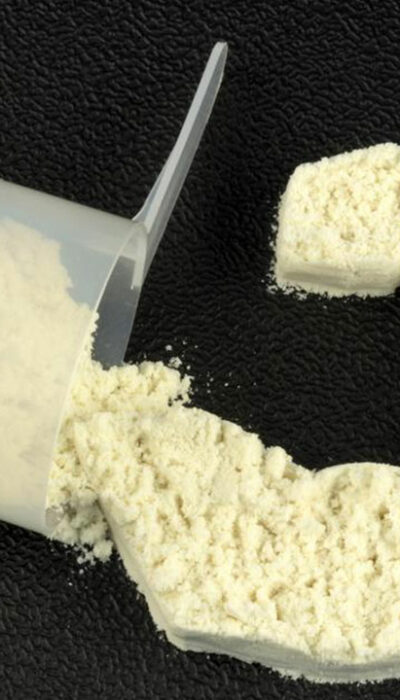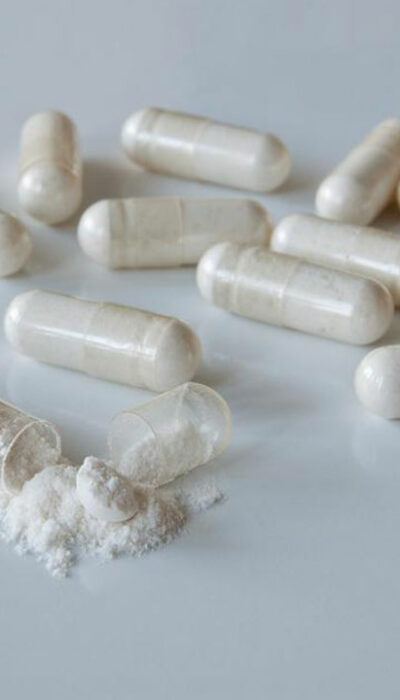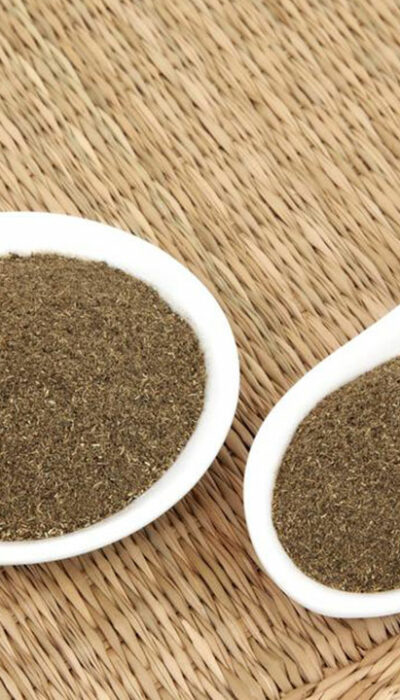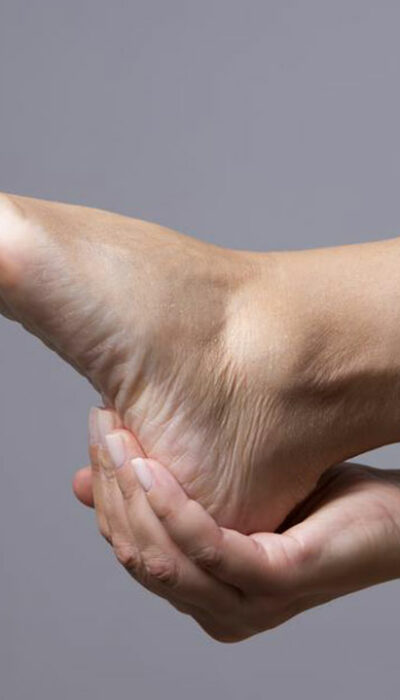
An Extensive Guide to Itchy Eyes Treatment
When your eyes are red and itchy and if there is swelling on your eyelids, you may be having eye allergies known as allergic conjunctivitis. Eye allergies may be caused or triggered by pollen from trees, weeds, grass, etc. It may also be caused by irritants like perfumes, cigarette smoke, or diesel exhaust. When your eyes release histamine along with other substances, it leads to itchy, red watery eyes. This can be seen evidently from the reaction of your eyes to some form of allergies. Symptoms of itchy eyes It is important to be aware of the symptoms of itchy eyes so that you can seek timely treatment for this problem. Itchy eyes are characterized by symptoms such as itchiness, burning sensation in the eyes, watery discharge from the eyes, a constant feeling that something is in your eyes, photophobia or aversion to light, production of mucus, redness, and puffiness. Itchy eyes treatment and management Itchy eyes treatment involves avoiding exposure to any of the above-mentioned factors that may be responsible for triggering the allergy. Itchy eyes treatment involves staying indoors in order to avoid being exposed to pollens that float around in the atmosphere. Pollen grains are mostly present in the air during early evenings and mornings. Window fans can also be responsible for letting pollens and other allergy-causing substances into your house. Avoiding the use of such fans can be effective itchy eyes treatment. Instead, you should close your house windows and use air conditioners to keep these allergy triggers from entering the premises. Whenever you are heading out of the house, an effective itchy eyes treatment is wearing sunglasses. These will help avoid pollens from coming in contact with your eyes and thus prevent allergies. Even while traveling, keep your car windows rolled up to prevent the pollens in the air from entering into your eyes.










